Paediatric Neurology and Epilepsy
From fetal life to adulthood, paediatric neurology (PN) focuses on the diagnosis, comprehensive therapy, and research of conditions of the central and peripheral nervous systems. A child neurologist, often known as a pediatric neurologist, is a specialist who specializes in diagnosing children with nervous system disorders. The brain, spine, nerves, or muscles can all be the source of nervous system problems. Seizures, migraines, and developmental delays are all possible outcomes. Children's neurologists work with them from infancy through young adulthood.
Epilepsy is a chronic condition characterized by recurring, spontaneous seizures. If a person has two unprovoked seizures (or one unprovoked seizure with the possibility of more) that are not caused by a recognized and reversible medical disease such as alcohol withdrawal or extremely low blood sugar, they are diagnosed with epilepsy. Epilepsy affects people of all ages and is the fourth most common neurological illness. The terms "epilepsy" and "seizure disorders" are interchangeable. Epilepsy is characterized by unpredictably occurring seizures and can result in a variety of other health issues.
- Concussion
- Neonatal neurology
- Brain malformations
- Headache/migraine
- Metabolic diseases affecting the nervous system
- Neuro-oncology
- Pediatric sleep disorders
- Developmental disorders including autism
- Pediatric neuromuscular disorders including muscular dystrophy and congenital myopathies
- Neurological complications of other pediatric diseases
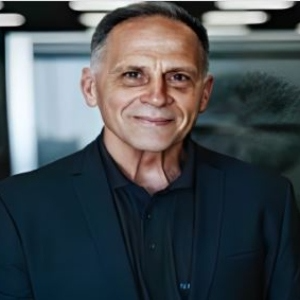
Ken Ware
NeuroPhysics Therapy Institute, Australia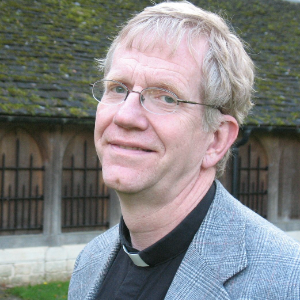
Robert B Slocum
University of Kentucky HealthCare, United States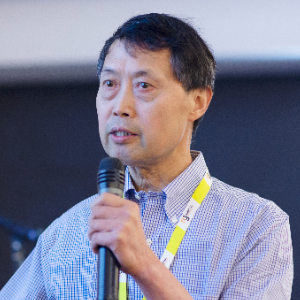
Yong Xiao Wang
Albany Medical College, United States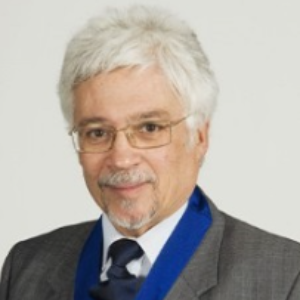
W S El Masri
Keele University, United Kingdom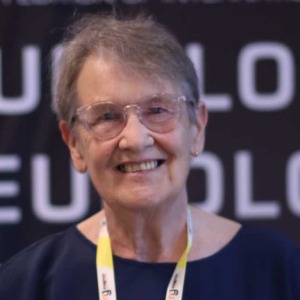
Jaqueline Tuppen
COGS Club, United Kingdom
Milton Cesar Rodrigues Medeiros
Hospital Santa Casa de Arapongas, Brazil




Title : Perception and individuality in patient cases identifying the ongoing evolution of Myalgic Encephalomyelitis/Chronic Fatigue Syndrome (ME/CFS)
Ken Ware, NeuroPhysics Therapy Institute, Australia
Title : Narrative medicine: A communication therapy for the communication disorder of Functional Seizures (FS) [also known as Psychogenic Non-Epileptic Seizures (PNES)]
Robert B Slocum, University of Kentucky HealthCare, United States
Title : Rabies: Challenges in taming the beast
Alan C Jackson, University of Calgary, Canada
Title : Neuro sensorium
Luiz Moutinho, University of Suffolk, United Kingdom
Title : Traumatic Spinal Cord Injuries (tSCI) - Are the radiologically based “advances” in the management of the injured spine evidence-based?
W S El Masri, Keele University, United Kingdom
Title : Personalized and Precision Medicine (PPM), as a unique healthcare model through biodesign-driven biotech and biopharma, translational applications, and neurology-related biomarketing to secure human healthcare and biosafety
Sergey Victorovich Suchkov, N.D. Zelinskii Institute for Organic Chemistry of the Russian Academy of Sciences, Russian Federation